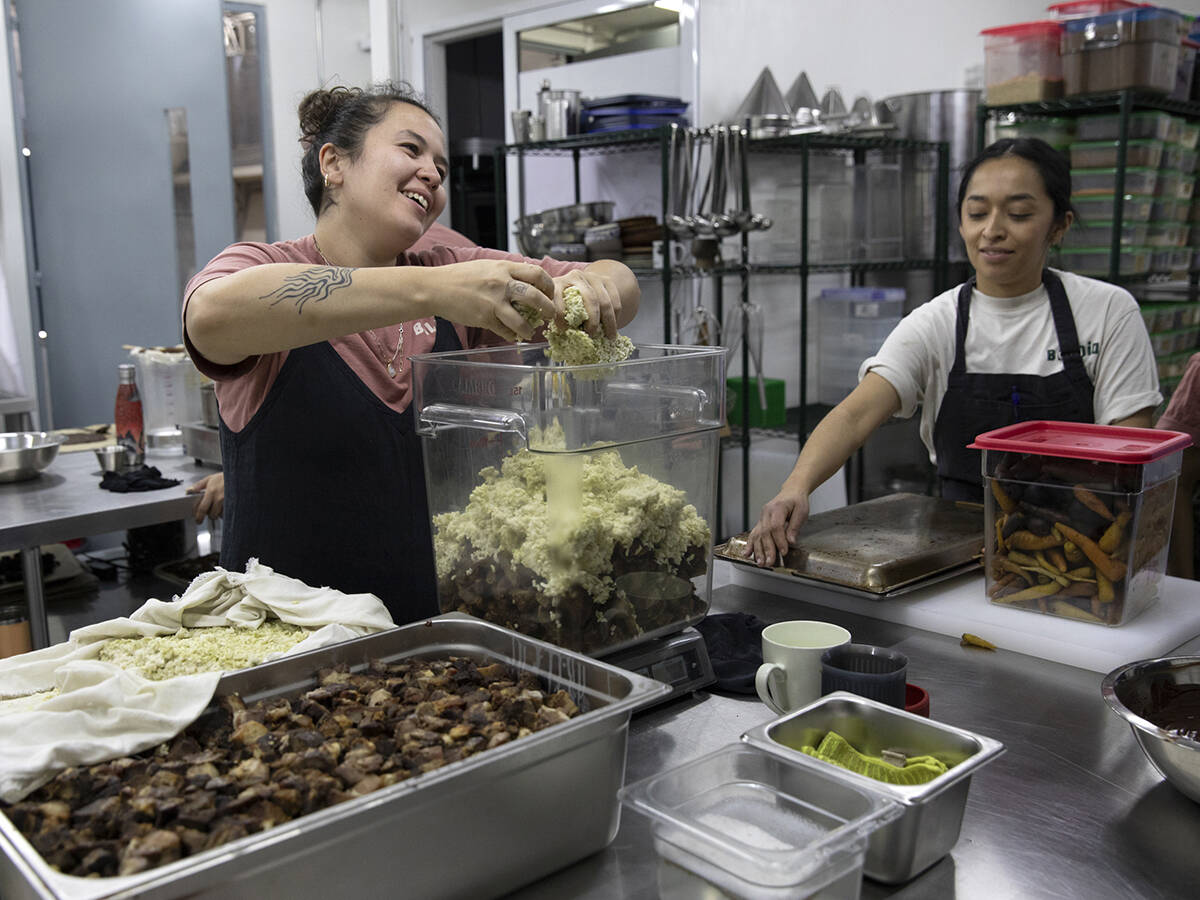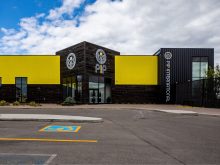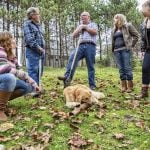There are no dead animals or dripping gore in a prairie art show about abattoirs.
Instead, curator Sigrid Dahle has 14 artists examining four concepts arising from packinghouses – holding, abundance, processing and entrails.
The display runs until Nov. 18 at Saskatoon’s Mendel Art Gallery, which was established in 1964 by Fred Mendel, who owned the packing plant now called Mitchell’s Gourmet Foods.
“We know we kill things and eat them,” Dahle said.
“That’s not to say we should not, but to grapple with our responsibility.”
Read Also

Restaurant blends zero waste, ancient farming
A Mexico City restaurant has become a draw for its zero-waste kitchen, which means that every scrap of food and leftovers is reused for other purposes.
Dahle said when it comes to killing animals, society does one of three things: ignores the reality; goes Disney cute; or sensationalizes with blood.
“I feel the exhibition is set up to create an experience for people to feel the effects and think about them. Avoid euthanizing, avoid saccharizing.”
She did not know how farmers and ranchers who see the exhibit would react, but she said there is no pro-vegetarian message.
Dahle, who has worked on the exhibit for three years, said the idea came to her after an article inspired her to wonder about the modern equivalent of hunting. The answer was the slaughterhouse.
Dahle, who used to live in Saskatoon, knew of the Mendel family’s connection with art.
In a statement about Abattoirs by Artists, Dahle said the exhibition “considers the disturbing possibility that violence can be meaningful.”
One of the exhibits is a squeeze chair made by an artist based on an idea from noted American animal behaviourist Temple Grandin. The chair’s enveloping arms are activated by a button and the action resembles the squeeze gates that ranchers use to immobilize cattle to give them injections. Dahle said the chair’s grip can run a range from neutral, to soothing like a hug, to claustrophobic, to crushing.
An exhibit called entrails involves pieces of a disassembled stove set up so their shadows on the wall is of a pot inside a microwave.
A third piece lying on the floor is a heap of broken pottery called buffalo bone china.
Winnipeg artist William Eakin put his piece together like a jigsaw puzzle. It is a collection of black velvet paintings of bulls and bullfighters. Eakin culled his collection from flea markets and does not regard it as tacky but rather a nod to the 1950s when people had different sensibilities.
















